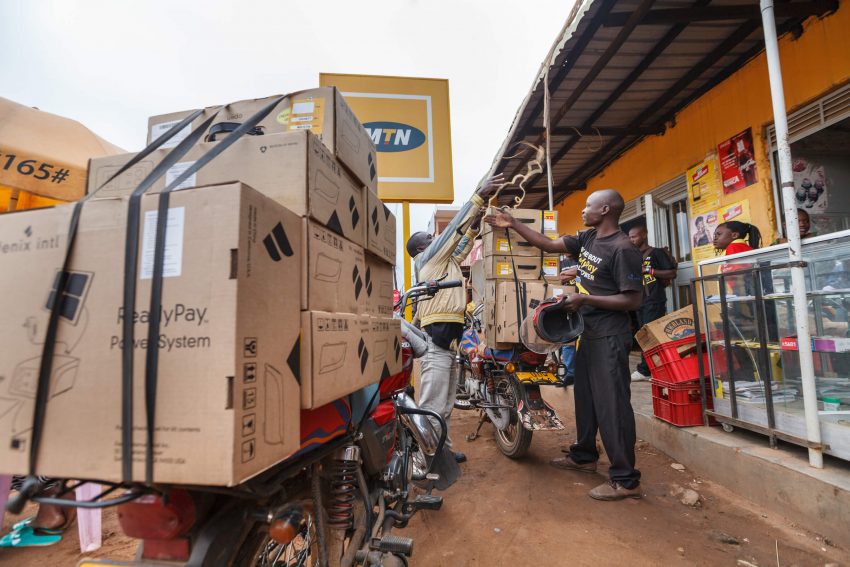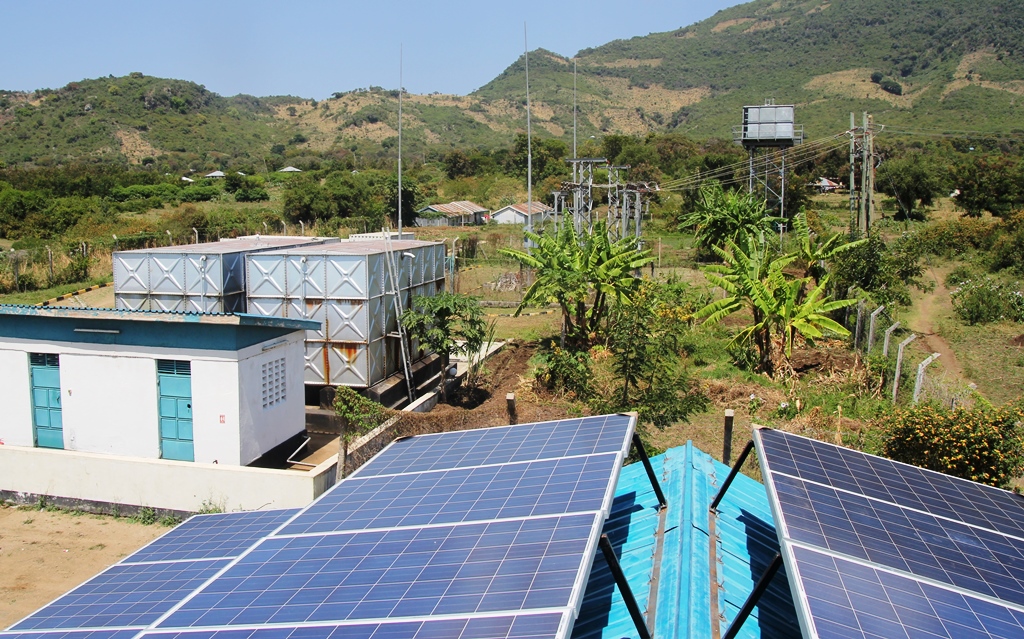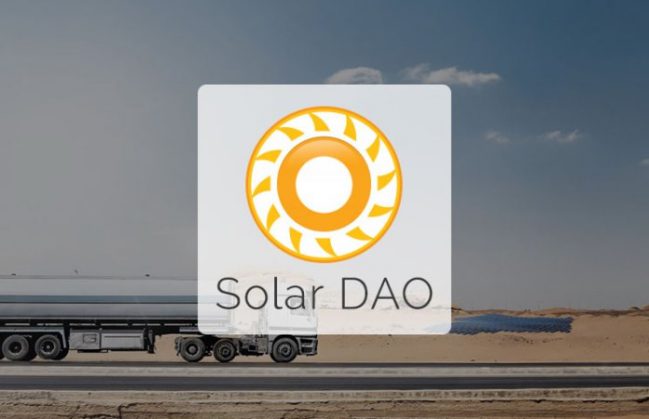Bangladesh has been a pioneer when it comes to both micro finance and micro solar. Natural complements, their combination has led to a boom in what’s being called “swarm electrification” – development of local nanogrids and microgrids that allow solar homeownwers to sell surplus electrical power directly to other microgrid participants via peer-to-peer (P2P) networks.
Young Bangladeshi start-ups are key players in Bangladesh’s fast moving distributed renewable energy industry and market. ME SOLshare, for example, installs home solar PV-storage systems that incorporate SOLBox, a network device that enables homeowners to buy electricity as needed by paying for tokens via mobile phone SMS, Energy Matters reports.
SOLBox also enables solar homeowners to sell surplus electricity to their neighbors via P2P networks, an innovation that earned ME Solshare one of 13 2016 UN Momentum for Change Awards.
The Seeds of a “Green” Energy Economy

“The system works like a swarm of bees in that it is self-organised, [m]eaning that energy sharing across the nano grid is not controlled from above [by utilities or any other organization],” SOLShare explains. “Rather, the power sharing occurs through individual users deciding when they want to trade surplus solar energy and when they want to keep it.”
Seventeen million of Bangladesh’s 29 million households lack access to grid power, according to national statistics, relying on fossil fuels and traditional biomass for lighting and power. That’s taking a heavy toll on the ecosystems and natural resources that underlie and support society and the economy.
In 2014, Bangladeshi Prime Minister Sheikh Hasina launched a program that aims to double the number of solar homes in the country to 6 million. Three million solar-battery storage systems had been installed via the DCOL SHS Program as of the program’s launch, Energy Matters points out.
Consisting of a PV panel, a battery and a charge controller, the PV systems installed via the DCOL SHS program are very small, averaging just 39 watts, but even that can make a huge difference in people’s lives.
In addition to providing environmentally friendly home lighting and power, the program has created some 39,000 jobs, for instance, according to Energy Matters.
Bangladesh’s new SHS Program target is part and parcel of a larger plan to install 24,000 MW of power generation capacity nationwide by 2021. Ten percent is to be solar power generation. More broadly, Bangladesh has set a goal of renewables producing 15 percent of Bangladesh’s electricity by 2020.
Solar Electrification in Rural Bangladesh

More than 3.9 million solar home systems have been installed in Bangladesh as a result of the government’s Rural Electrification and Renewable Energy Development (RERED) and RERED II Projects. More than 20 million Bangladeshi’s are benefiting as a result, Sheuli Akter reports in a June 2016 article in Tuck Magazine.
Using solar to improve agriculture is another facet of the program. The project had introduced and installed 321 solar irrigation pumps to date, replacing more expensive and polluting diesel-fueled irrigation pumps. More than 8,000 farmers are reaping the benefits, which include lower irrigation costs, less imports and loss of foreign currency reserves, as well as lower greenhouse gas (GHG) emissions.
Taking things a step further, seven renewable energy-based mini-grids (combined capacity 966-kWp) are supplying electricity in remote communities in Rajshahi, Narsingdi, Kurigram and Bhola provinces.
Another nine renewable mini-grids (combined capacity 1,071-kWp) are under construction, while construction of an additional four (combined capacity 736-kWp) are due to begin construction shortly.




